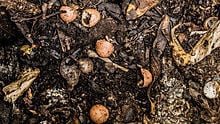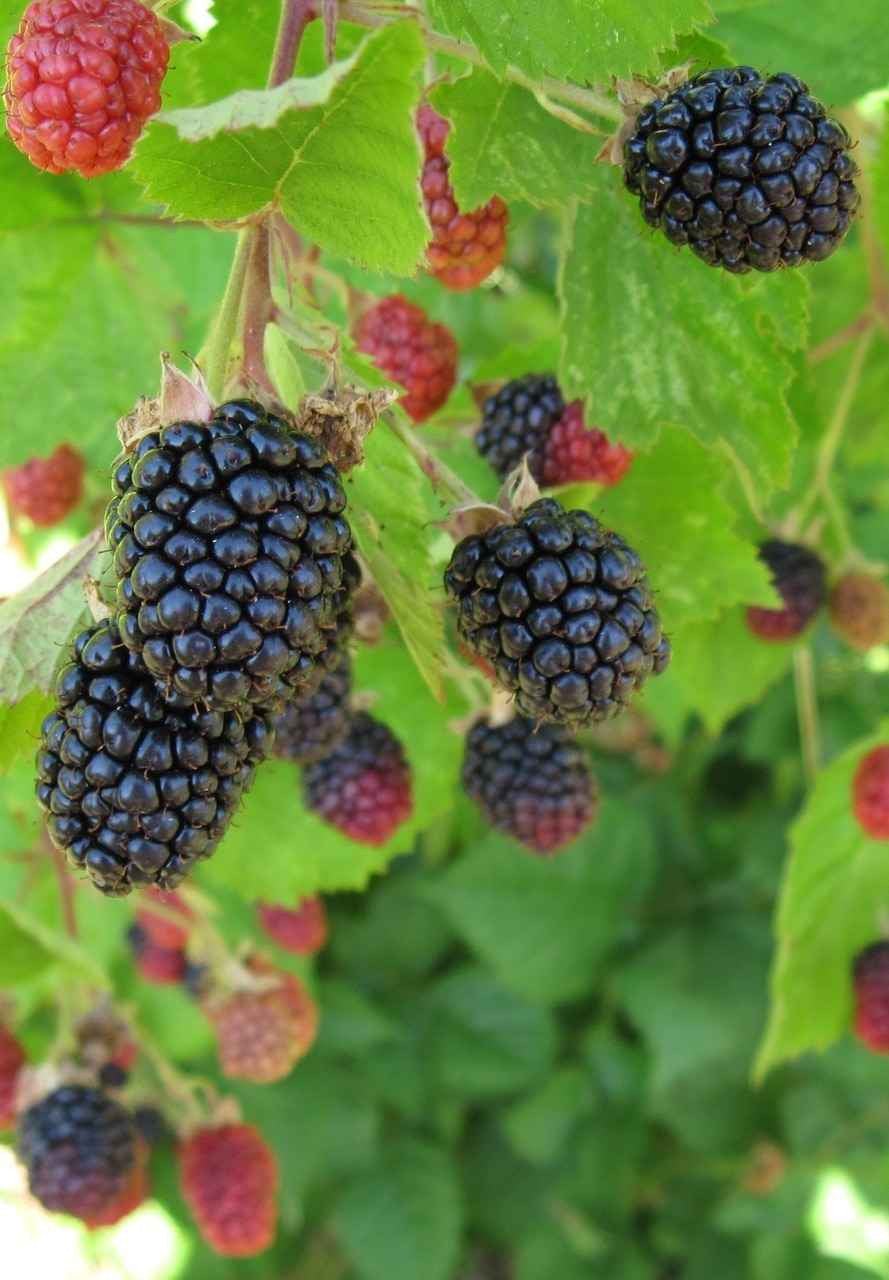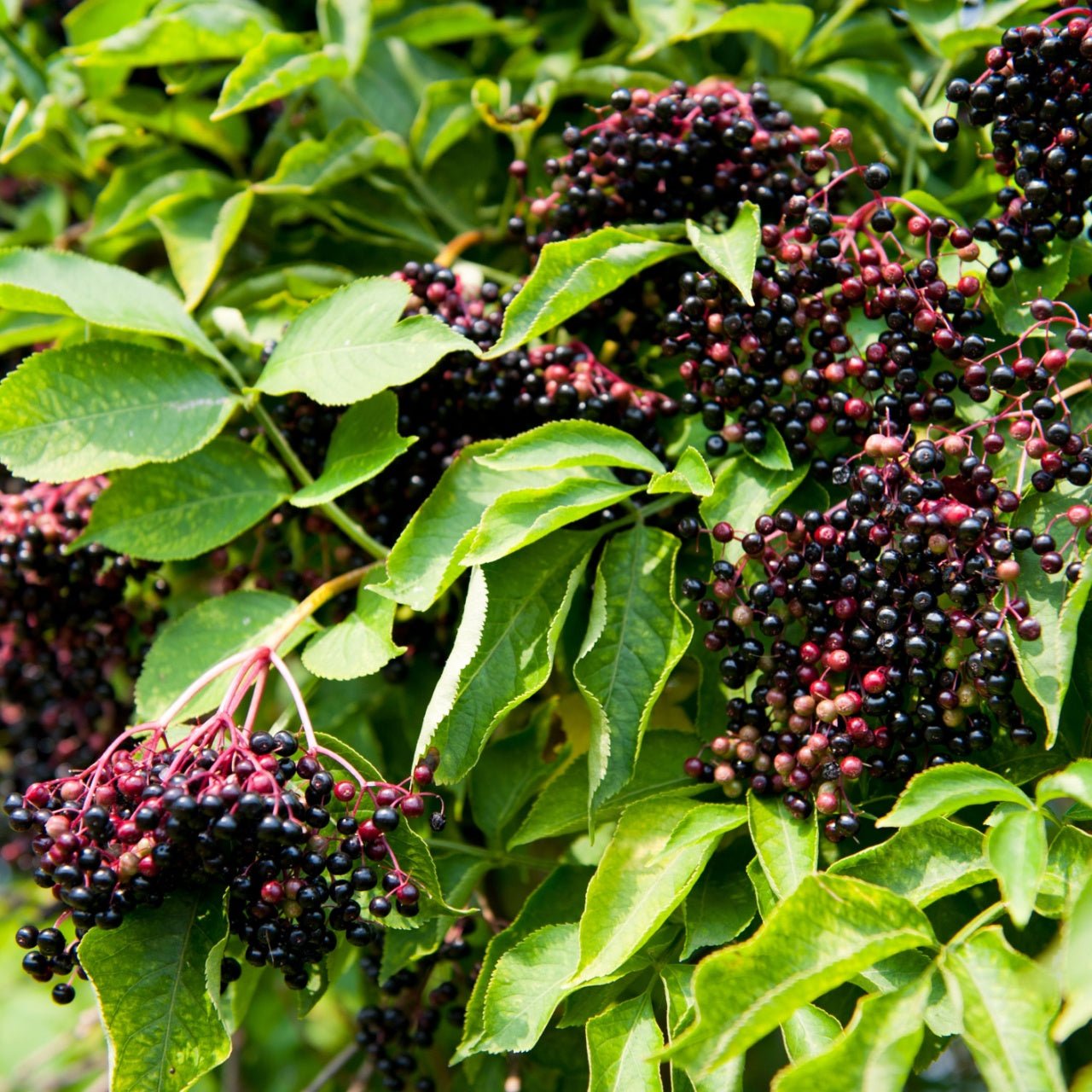Filled with some vitamins and minerals, blackberries provide a delicious treat eaten raw or incorporated into a wide selection of recipes.
Blackberries contain vitamins A, C, and E and select B vitamins, copper, manganese, and potassium. Consumers find these delightful fruits in grocery stores, farmer’s markets, or at any location selling organic produce.
As commercially sold berries are typically quite pricey, many garden enthusiasts grow blackberry plants in backyard spaces.
Disease and pest resistant, blackberry plants grow in a wide variety of soils and remain active under diverse environmental climates.
Different species of plants provide fruit that varies from thimble-sized to golf ball-sized. Depending on particular species, plants may produce fruit from May to November.
Blackberry plants come in either erect or trailing varieties. Upright blackberry plants have a sturdy central stalk called a cane and grow in soil or potted containers. The trailing array establishes a bush-like growth pattern. Both types develop root systems that travel underground and sprout new sucker plants. When beginning a blackberry crop, plant young shoots in warm soil at a depth sufficient to prevent root binding—space plants at least two feet apart and rows six to seven feet apart.
The plants typically produce fruit during the second year. Once done producing fruit for the year, the stalks of the cane variety die and create new canes. Having rapid growth patterns comparable to weeds, blackberry plants require pruning during the fall. Thin existing bushes or canes and remove any sucker plants sprouting in undesirable locations. The fruit-bearing process begins with small, white flowers that transform into berries. Blackberries mature from red to a rich purple, black color when ripe. When mature, the berries quickly drop or detach from the plant.
Homemade Blackberry Cobbler
1 cup sugar
1 cup milk
3 cups fresh berries
2 tbsp butter
1/2 cup flour
Mix flour and milk until you have a paste. Pour sugar and berries over the paste. Put butter chips over the top (or drizzle) and add vanilla ice cream for a mouth-watering dessert.
Information Source on how to Make a Cobbler
Read more

It is never too early to start working on next spring's planting season! By creating fertilizer from household table scraps, old coffee grounds, or empty eggshells, you are taking economic and s...

Lonicera japonica, Halls Honeysuckle VineThere are mainly two types of Halls honeysuckle; the first is known as the climbers and the second one as shrubby honeysuckles. Both of these plants need di...





